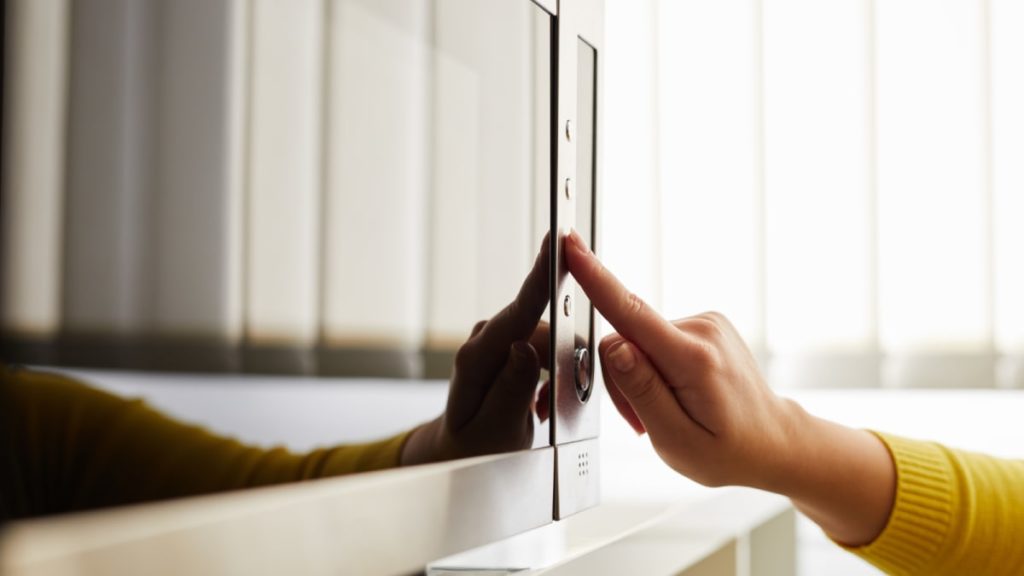Microwave popcorn news- There is a likely possibility that you have made lots of popcorn at home in 2020. Want to learn how to make better popcorn?

The following written content by Tim Nelson
At a time when sheltering in place has forced our living rooms to replace movie theaters, there’s a good chance that you’ve made a whole lot of popcorn at home in 2020. Unless you prefer the classic stovetop method or you’re one of them fancy folks with a dedicated popcorn maker, you most likely just threw a bag in the microwave, slammed the door shut, hit that “popcorn” button, and waited for the beep.
It’s a reasonable assumption that pressing a microwave’s “popcorn” button is how you’d want to make popcorn, right? After all, why else is it there? Have our microwaves been lying to us this whole time? Well I hope you’re sitting down, because it turns out that your blind faith in the popcorn button might be holding you back from greatness.
So how does that “popcorn” setting work?
According to General Electric, the popcorn setting “provides a one-touch method of cooking your favorite microwave popcorn without having to guess the correct time needed.” While every microwave is different, the overall purpose is to pop your corn kernels without requiring much brain power.

Generally speaking, your microwave deploys one of two different methods once you smash that popcorn button. In less sophisticated models, the microwave essentially makes its best guess as to how long it’ll take to pop a bag of popcorn. In some cases, you can make adjustments based on the weight of the bag in order to help it hone in on the “right” popping time.
Fancier microwaves, however, may deploy a “humidity sensor” or a “steam sensor” to gauge the popcorn’s popping progress. As more steam gets released, the microwave assesses that the bag is almost done, and starts a countdown to shutdown.
Why doesn’t the “popcorn” setting do its job?
While using a steam sensor certainly sounds like a high-tech way to pop a perfect bag, the problem is that no two microwaves or bags of popcorn are truly created equal. In general, it also seems that these settings err on the side of guaranteeing that your popcorn is popped. That’s a great idea in the abstract, but the problem is that it can often result in burnt popcorn — which in many ways is worse than no popcorn at all. Read more from Food & Wine.
Read other entertainment and related stories from News Without Politics
Stay informed daily unbiased without media bias and ahead of influence.




